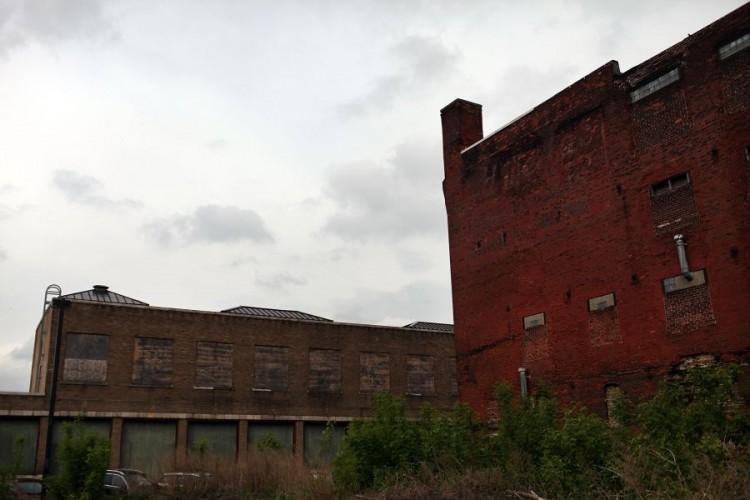Commentary
Driving around my once beautiful and prosperous state of New York has become equivalent to attending a wake: You see there’s a body lying in the casket—it looks kind of like it did when it was alive, but you know it’s really dead.

Driving around my once beautiful and prosperous state of New York has become equivalent to attending a wake: You see there’s a body lying in the casket—it looks kind of like it did when it was alive, but you know it’s really dead.